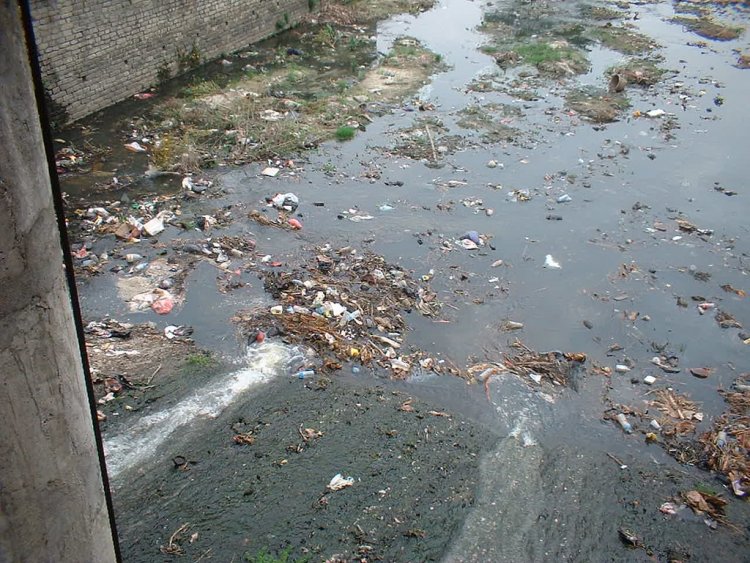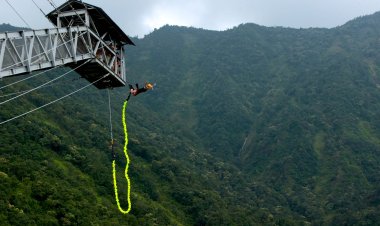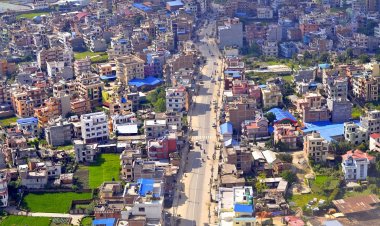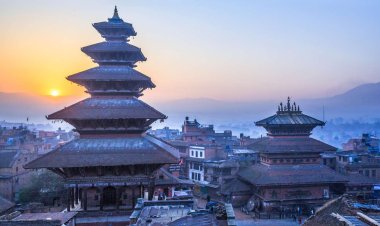The increasing pollution of Kathmandu Valley
Explore the causes, effects, and possible solutions to address the alarming increase in pollution levels in the Kathmandu Valley.

The Kathmandu Valley, which is renowned as a popular tourist destination and serves as the capital city of Nepal, has earned the dubious distinction of being the world's most densely populated city. Unfortunately, the air quality in Kathmandu has also been ranked among the worst in the world at present. The issue of high population density is not limited to Kathmandu alone; several cities in Nepal are grappling with the negative effects of overpopulation, which can have a detrimental impact on both domestic and foreign visitors. The valley suffers from serious air, water, and soil pollution, which can have serious adverse effects on human health and well-being. Therefore, addressing the problem of overpopulation in Kathmandu and other affected cities in Nepal should be a top priority for the authorities and must not be ignored.
A different type of pollution seems to be in the Kathmandu Valley nowadays:
-
Air pollution:
Air pollutants have recently emerged as a pressing concern in the Kathmandu Valley. The city's air quality has worsened appreciably, and it has been a long time since people have seen a clear sky. The air is the most important source of pollutants in Kathmandu, which is critical for human survival. Air pollutants have risen to alarming levels, making it challenging for humans to stay and paint within the valley. The outcomes of air pollution in Kathmandu are intense and far-reaching. The excessive levels of pollutants in the air have led to breathing troubles, allergies, and other health problems for many of the city's residents. -
Water pollution:
Water pollution has emerged as a tremendous problem in the Kathmandu Valley because of the increasing human population and the lack of proper wastewater treatment systems. The citizens of Kathmandu Valley depend closely on underground water resources and rivers for their daily needs, which include drinking, cooking, and cleaning. Unfortunately, it isn't feasible to use the water from the rivers, as they're heavily contaminated with sewage and other pollution. As a result, the citizens of Kathmandu Valley are increasingly counting on underground water assets. But even the underground water resources have become polluted because of the inhumane conduct of some folks who dump their waste into the ground, contaminating the water table. The high levels of pollution inside the water can cause diverse water-borne diseases, including cholera and typhoid.
Recently, it was reported that Kathmandu secured the top spot on the list of the world's most polluted cities. So here are some major causes and solutions for pollution:
The pollution in Kathmandu may be attributed to both human activities and geographical elements. One of the main contributors to this problem is the expansion of vehicles, many of which are outdated and powered by diesel engines, resulting in excessive levels of emissions and fumes. The use of old planes in the skies is also a factor in the air pollution problems within the country. Consequently, the main source of air pollution in the Kathmandu Valley is vehicle emissions. Therefore, enhancing public transportation systems, encouraging the use of electric cars, and reducing non-public vehicle use can help to lessen air pollution within the valley.
The act of burning trash or other things out of doors has a large negative effect on the quality of the surroundings within the Kathmandu Valley. In lots of places in the metropolis, people are irresponsibly burning trash in open fires, consisting of plastics, paper, and other natural substances. This releases risky chemical compounds and pollutants into the air, such as carbon monoxide, sulfur dioxide, nitrogen oxides, and particulate matter. This pollution is harming human beings' health in various ways, including breathing issues and eye, nostril, and throat infections. The implementation of waste segregation, composting, and recycling applications can help reduce the quantity of waste sent to landfills and the quantity of methane gas produced by the decomposition of natural waste.
In Kathmandu, dirt from construction sites is a great source of pollutants. Long-distance airborne dirt from creation sites can settle on surfaces, reducing imagination and prescience and harming the environment. The construction dirt is frequently carried by the wind to neighboring places, generating pollutants there. Particularly for sensitive groups like children, the elderly, and those with pre-existing breathing illnesses, the microscopic dirt particles can also be absorbed deeply into the lungs and create respiratory troubles. Consequently, implementing guidelines to manipulate emissions from industries and tracking their compliance can help to lessen air pollution.
For a long time, people in the Kathmandu Valley have been engaging in the most inhumane behavior that has brought about the deterioration of the environment: the integration of sewage in the rivers. While sewage gets launched into a river, the oxygen content of the water is reduced, which might also hurt aquatic lifestyles and the atmosphere. Many residents in Kathmandu depend on groundwater for their drinking water, which is at risk of contamination from the river. These days, the Kathmandu Valley is stricken by water pollution, and it's miles from the result of the inhumane conduct of some people. So cleaning rivers and stopping people from mixing sewage should be performed to reduce water pollutants.
Global warming is in a roundabout way contributing to pollution in Kathmandu Valley via its consequences on weather styles, agriculture, and water sources. Therefore, it's far more essential to cope with global warming by decreasing greenhouse gas emissions and adopting sustainable practices that allow you to mitigate its effect on pollution inside the valley. Encouraging the use of clean energy, such as solar and wind electricity, can help lessen the dependence on fossil fuels and decrease greenhouse gas emissions, which can contribute to air pollution and global warming.
Dirt storms are another cause of pollution in Kathmandu Valley; they can generate large amounts of dirt and particulate matter, which may be carried over long distances and impact air quality. While the dust settles, it could additionally cause visibility troubles and create unsafe driving conditions. In Kathmandu Valley, dust storms are regularly exacerbated by construction and avenue dust, which can increase the quantity of particulate matter in the air.
Wildfires can also contribute to air pollution in the Kathmandu Valley. While vegetation burns, it releases smoke and particulate matter into the air, which can be carried over long distances and affect the air. Wildfires can also contribute to ozone formation, which can be dangerous to human health.
Overall, controlling pollutants in Kathmandu Valley requires a complete approach that includes the participation of diverse stakeholders, including governments, industries, groups, and individuals. It's crucial to prioritize the implementation of measures that could have the greatest effect on lowering pollutant levels and protecting the health and well-being of the population.
What's Your Reaction?





































































































